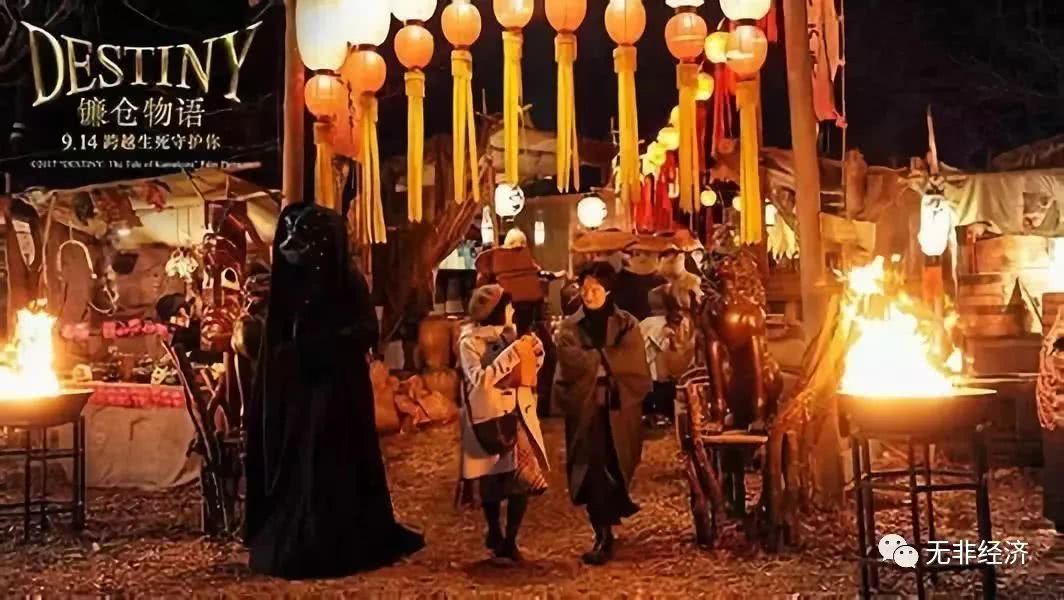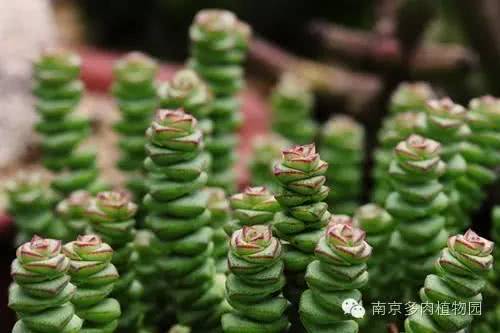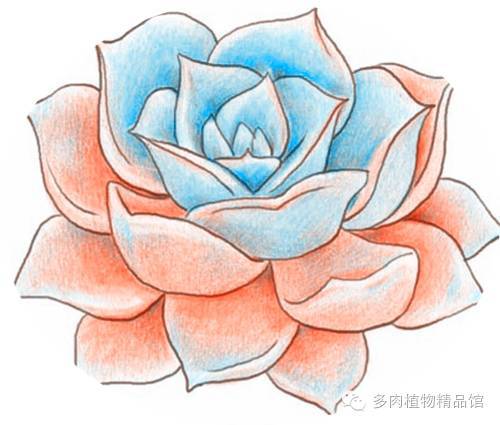Monsters in Kamakura Monogatari

DaDa / tr. by Phil Newell)
This is Kamakura, which has a different way of passing time than Tokyo.
-- the Tale of Kamakura
The Story of Kamakura tells the story of the writer and his new wife, Akiko. After marriage, in his hometown of Kamakura, the husband rushes into the grave to save his wife. The plot is relatively simple, but this film shows the audience a strange fantasy world. Today we will talk about the monsters in the middle.
In the Tale of Kamakura, Kamakura, the ancient capital where the male and female protagonists live, has become a spiritual city connecting different worlds, and all kinds of ghosts and gods appear on the scene:
There are gods of poverty quietly hiding at home, river boys running quickly in front of people, monsters selling demons in night markets, mixed-race foxes who have become police officers, and death who apologizes to people with a smile.
There are many monsters, which is a major feature of Japanese strange talk culture.
The culture of ghosts in the East has always been different from that in the West. The emergence of ghosts in the West always gives people a feeling of perversion, madness and blood, while most of the ghosts in the East are resentful and classical. They are aggrieved in life, beautiful and desolate after death. Japanese ghosts and monsters are different.
In the film the Tale of Kamakura, there are all kinds of cute monsters, the accommodating god of death, the big BOSS that is not scary at all, and a warm world on the other side.
In the Tale of Kamakura, as the same color who grew up in Kamakura, he has long been used to living with ghosts and creatures. After the same color friend died of illness, he turned into a frog and continued to guard his family silently in the dark. The uniform domestic commission mother-in-law, who has guarded the family for several generations, still exists as a ghost in the family and continues to contribute her strength. In addition, the colleagues who help with cases at the police station are also semi-human with fox blood and can show animal nature at critical moments. For these seemingly abnormal, but in Kamakura is the most normal phenomenon, the new bride Akiko will be somewhat uncomfortable, but fortunately, the same color is quite protective of her.
The Tale of Kamakura directed by Yamazaki focuses not only on romantic love across the yin-yang world and the river of life and death, but also on the easy, natural and interesting shooting of death, ghosts and the underworld. The underworld is actually just a resting place before the beginning of another life, and death is not as terrible as you think, especially for the "good people". Of course, the film does not really define how to be a "good person", but makes assumptions on the basis of being cute, optimistic and positive in real life. in front of this self-evident answer, the daily life of the writer and his wife is of course a lot of dog food. The writer is full of understanding of the current life and chooses to live a natural and ordinary life, while his wife is a typical Japanese good wife. During the repeated fights in the underworld, the monster inadvertently told them and the audience the truth that they had been married for a lifetime. The fundamental story of the Tale of Kamakura returns to the reincarnation paradigm of the Confucian cultural circle in East Asia, that is, a lover can live and die in the past life and this life, and still be a husband and wife (parents and brothers) in the next life.
01
River child
When Uncle Ya and Takahashi Takahashi first arrived at their home in Kamakura, a little river boy passed through the yard. In fact, to trace back to the source, Hetong was first recorded in China's Compendium of Materia Medica, called the Water Tiger, which is found in the currents of Hebei Province. In Japanese culture, the river boy is a spiritual thing that lives in the water, which is similar to what we call the river god.
Ketong is one of the most famous monsters in Japan. Its appearance is a collection of frogs, turtles and people. It is generally between 60 cm and 1 m tall, weighs no more than 100, is green all over, and secretes mucus. The hair on the body is red, and the shell on the back is bulletproof.
02
God of poverty
Another typical traditional monster image in the Tale of Kamakura plays a decisive role in the story, and this key character is the "God of Poverty". The god of poverty is also mentioned in Chinese folk culture, while in Japanese culture, the god of poverty, like in the film, is the image of a thin, untidy old man, holding different versions of the treasure, which is a broken bowl in the film. and in the legend also has the image of holding a wooden stick and a fan.
This kind of spirit does like to hide in the closet of a family, and it is favored in some novels, so some people do not make flavor soup at home in order to avoid causing trouble to the poor gods. Speaking of, in the Story of Kamakura, the first meal served by Uncle Ya and his family to the god of poverty is Weizeng soup with rice.
03
Sky Lantern Ghost
The villain in the Tale of Kamakura is not prominent, in which the villain BOSS is probably inspired by the Sky Lantern Ghost. In the film, he is passionately in love with Akiko, but is always rejected by the infatuated "Heavenly Ghost". The prototype is like a big toad with six legs and long horns.
04
A little monk
In the film, there was a small monk in the courtyard of the elegant man's home, which is also the image of a Japanese monster with a very high appearance rate in the film and animation. Despite the fact that the little monk is only acting cute in the Story of Kamakura, the image of an one-eyed monk is very terrible in the Story of Ghost at Night. it often appears on the mountain road near the cliff, and his eyes glow like daylight. In the film, the little monsters who jump squares, play tops and play games in the protagonist's yard look a bit like the "Little Yellow Man", but in light purple.
05
The land of the dead spring
The same is true of the country of the dead in the film, and its appearance varies according to the people you see. People who are kind-hearted and pure-hearted, see the land of the grave is beautiful, like a fairyland; people who do evil may see the dark and horrible "underworld".
That's all for today's article. Good night, everyone!
- Prev

Do you want to try this meat?
01 Qian Chuan Qian Chuan is also called Xingyi Female, Qian Chuan Sedum, Chinese alias through Ye Shen Dao, for the family Crassulaceae Qingsuo Long perennial fleshy herbs, plants clustered, with small branches, stems fleshy, later slightly lignified, fleshy leaves gray green to...
- Next

Succulent leaf cuttings are so simple. If you want to burst the pot quickly, what are you waiting for? come and try it.
Succulent botanical garden leaf insertion, as the name implies, means to insert a leaf out of a plant, many people insert leaves, the sowing method turns out that the leaves are rotten and blackened without success.
Related
- Wuhan Hospital Iron Tree Blooming Result Was Instantly Frightened by the Gardener Master
- Which variety of camellia is the most fragrant and best? Which one do you like best?
- What is the small blue coat, the breeding methods and matters needing attention of the succulent plant
- Dormancy time and maintenance management of succulent plants during dormancy
- Minas succulent how to raise, Minas succulent plant pictures
- What are the varieties of winter succulent plants
- How to raise succulent plants in twelve rolls? let's take a look at some experience of breeding twelve rolls.
- Attention should be paid to water control for succulent plants during dormant period (winter and summer)
- Watering experience of twelve rolls of succulent plants
- Techniques for fertilizing succulent plants. An article will let you know how to fertilize succulent plants.

